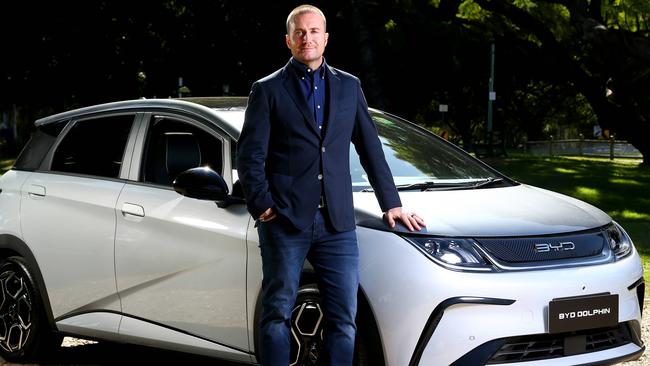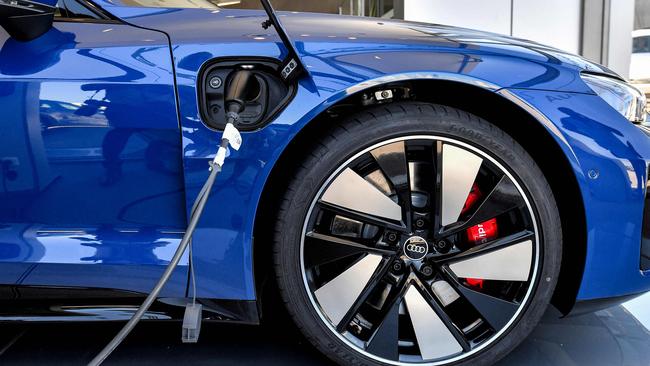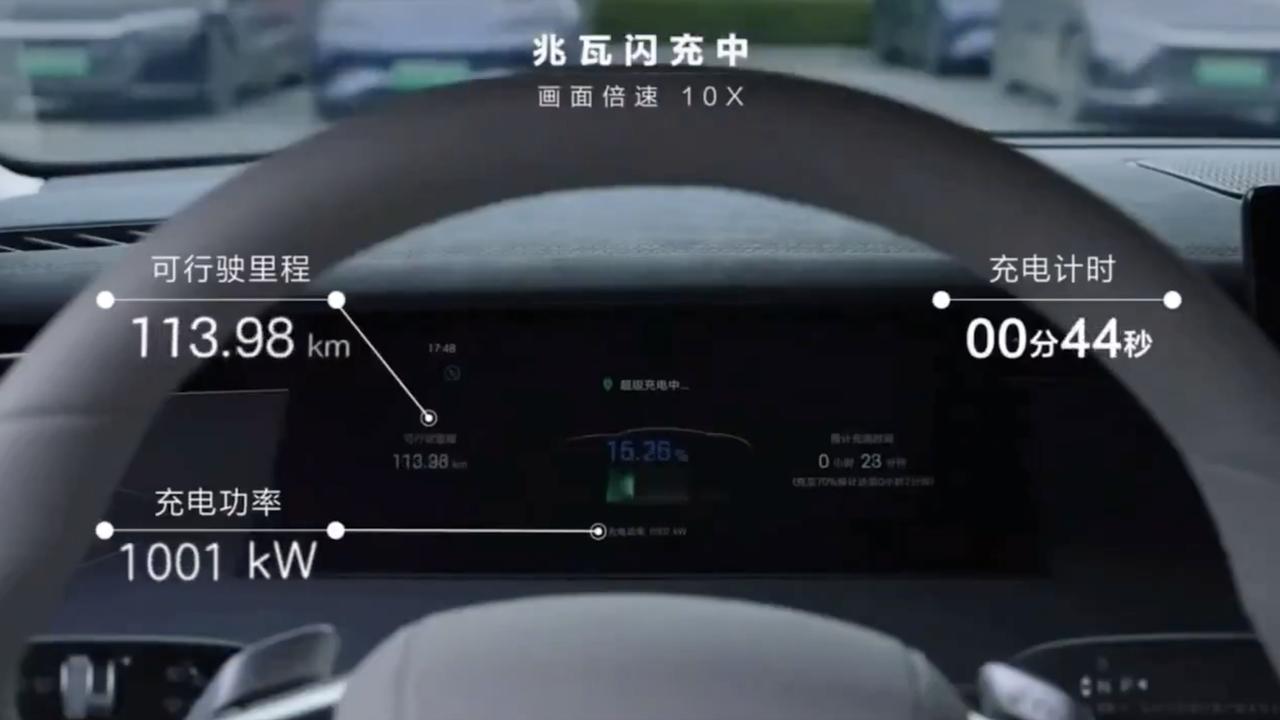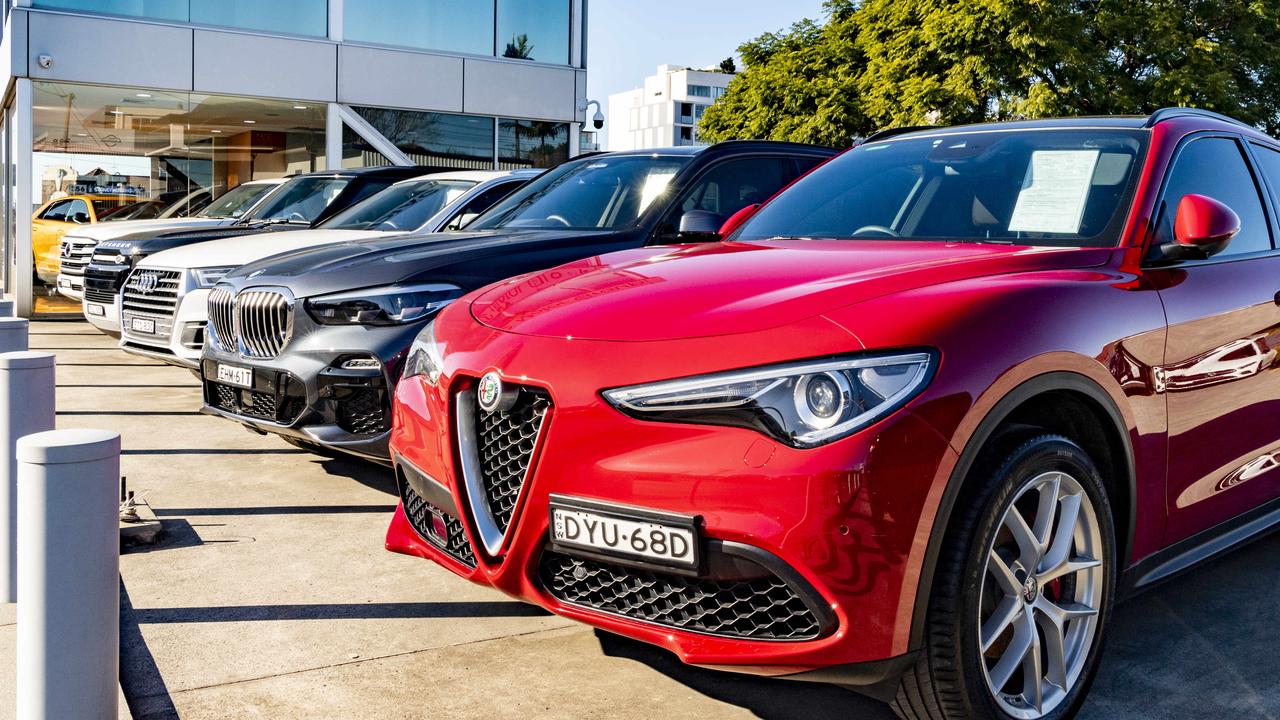Baby Boomers flock to electric vehicles in Australia, as most popular models revealed
EV sales have increased five-fold this year as cheaper models have captured the attention of buyers. Watch our TV review, and see who’s driving the biggest sales and what they want.

Motoring News
Don't miss out on the headlines from Motoring News. Followed categories will be added to My News.
Baby boomers are driving a surge in electric vehicle sales, capitalising on falling prices, generous incentives and tax breaks offered by federal and state governments.
Australians bought roughly 50,000 electric vehicles in the first seven months of the year, almost five times those sold in the same period last year.
Tesla and Chinese giant BYD currently dominate the market, making up three-quarters of sales, but that will change as big brands such as Toyota and Volkswagen enter the EV market next year. This year’s growth has been largely driven by the Federal Government’s fringe benefits tax waiver for electric vehicles leased through salary sacrifice packages.
The FBT exemption means that a $40,000 electric vehicle can be cheaper to lease than a $20,000 petrol car.
Surprisingly, older Australians have been the first to embrace EVs.
Are you thinking about buying an EV? Watch our show Fully Charged above and have your say in the comments below:

Chief executive of local BYD distributor, EVDirect.com, Luke Todd, said the company had found there were plenty of buyers “in their sixties” who were “very passionate and enthusiastic” about electric vehicles.
“The demographic has been absolutely ranging from people getting their first car right through to people buying effectively what they tell us is their last car,” he said.
He said buyers weren’t necessarily motivated by environmental concerns.
“It’s not people trying to fight climate change or whatever, it’s just about the quality of air and the small contributions that they can make in their local environment.
“By getting a lot of EVs on city streets, it does improve the local air quality. That is a no-brainer. It’s proven. It’s not a science discussion,” he said.
People were also drawn by the potential fuel savings, especially as petrol prices climbed back over $2 a litre and EV prices dropped below $50,000.

“When you’re driving an EV you’re gonna just save money. That’s a simple fact. Drive an EV at an affordable price – at $40,000 or $50,000 – you will save money.
“A lot of the customers that have come to us have done the research … and come to their own realisation that there is a cost saving. There’s no bill shock with EVs.
“Price parity is now here for EVs and petrol vehicles,” he said.
He said that while early adopters of EVs were more likely to come from affluent suburbs, that was not the case for BYD.
“We’re a brand for the masses. Not for the rich by any means,” he said.
The sales hot spots for BYD buyers were Dandenong in Victoria and Liverpool in Sydney.
“More than 50 per cent of our sales and inquiries are coming from lower-income suburbs. Some of them have solar so they’re really reaping the benefits and reducing their cost of living,” he said.
Weribee in Victoria and Sydney’s Rouse Hill are the top two suburbs for Tesla buyers, while Tesla’s Parramatta store is believed to be the busiest.
EV Council chief executive Behyad Jafari said Chinese EV brands had transformed the market.

“I think the really big shift that we’re seeing occurring in Australia is new brands, particularly new brands from China, bringing in high quality low price cars that are absolutely shooting up the sales chart.
“Electric vehicles have also come down in price. Some of the most popular models are now cheaper than when they were first introduced. And that’s something that’s pretty new for the automotive market where prices tend to go up here prices are going down. So that’s made them more affordable.”
Local boss of new EV brand Polestar, Samantha Johnson, said buyers were also attracted by the advanced technology in EVs.
“Electric vehicles are very good for the environment, but they’ve also got a lot of technological advancements that really attract different people,” she said.

The number of electric vehicles on our roads recently passed the 100,000 mark and industry experts predict the growth will continue next year as the government looks to introduce mandatory fuel efficiency standards that will financially punish carmakers who sell thirsty vehicles.
Johnson said the new legislation would improve supply of electric vehicles, which had been restricted.
“Manufacturers will have the confidence to send electric vehicles to Australia. And that’s really going to have a huge impact on what we see in Australia,” she said.
Until now, car makers had sent their EVs to markets with tough emissions laws and Australia had become a “dumping ground” for thirsty petrol and diesel vehicles.

Experts predict sales will continue to soar next year as Chinese EV makers release more models and mainstream brands enter the EV market.
BYD plans to expand from one model to five by the end of next year, while Tesla is on track to deliver between 45,000 and 50,000 cars this year.
Electric vehicle uptake is highest in the nation’s capital, followed by the two most populous states, NSW and Victoria.
According to the Australian Automobile Association’s June quarter EV Index, one in five new cars sold in the ACT were electric vehicles, while EVs made up close to 10 per cent of sales in Victoria and 8.7 per cent in NSW. Queensland and Western Australia lag behind the national average, although the Gold Coast, Sunshine Coast and Brisbane have higher than average uptake.
MAKING THE SWITCH
Ian Murray-Jones has owned a Polestar 2 for about a year.
The 64-year-old former chartered accountant from Randwick in Sydney’s eastern suburbs said the vehicle’s environmental credentials were just one of several reasons he bought the Swedish electric car.
“I’ve driven mostly beat-up cars for most of my life and I decided I’ll try and get myself something nice,” he said.
“EVs are the future and I wanted to get something that was good for the environment, too.”
He said he was surprised by the Polestar’s performance.

“I’ve never felt acceleration like it before and it handles better than any car I’ve driven.
It’s been a pleasure to drive and it made the first transition from a petrol to electric car so easy.”
Mr Murray-Jones installed a home charger and said that despite rising electricity costs it was still much cheaper than filling up with petrol.
But it hasn’t all been smooth sailing, as a lack of public chargers caused issues.
“I’ve found it can be a bit of a challenge if you are going on longer trips, I really struggled around Canberra and Melbourne finding chargers.”



